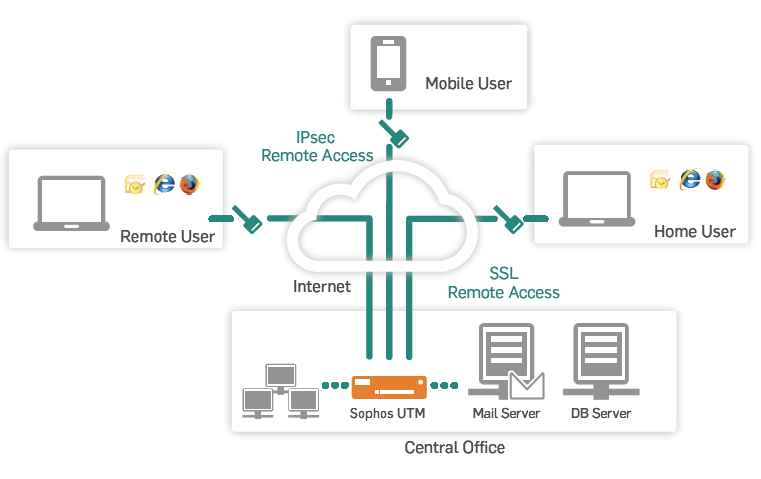

I tried to mimic what I was seeing in the routing table from the commercial VPN but without success. Something noteworthy I noticed when I run a commercial VPN (that I own) and start the mac os built-in VPN client it does pass through the commercial VPN tunnel. I tried to change the networkservice order and that did not help either. I added routes to the routing table (0.0.0.0/1 and 128.0.0.0/1) to pass make sure that all traffic passes there but the vpn client would not route through it. No matter what I tried it couldn’t get the traffic to pass through the tunnel.

When I try to connect Mac OS Built-in Cisco IPSEC VPN client instead of passing the traffic through the wg tunnel(utunX) it passes it through the regular WiFi interface(EN0). So when I connect to my wg I can see that the traffic easily tunnels through the wg.

In order to check that the traffic is being routed properly I use wireshark to monitor and ofcourse I checked the mac os routing table (with netstat -nr). So my work around to this problem was to tunnel this VPN over my wireguard VPN (wg) that I have installed outside this network. What I’m using to connect to this VPN is the Mac OS built-in VPN client. I tried at several other locations (outside my home network) and it works as expected. If I use my phone as a hotspot this VPN works perfect without any single issue at all. When I try to connect it basically times out. Most of the client’s VPN work fine from home except one. Lately I’ve been working a lot from home and sometimes I need to connect through VPN to clients networks to provide support. Where I’m currently living right now in a apartment complex there is a central internet network that I do not have access to these devices(Ubiquity). I need some help from people that are more expert than me on the matter. I have a Macbook Big Sur 11.5.2 and I’ve spent now quite some on this particular issue but I cannot figure it out.


 0 kommentar(er)
0 kommentar(er)
